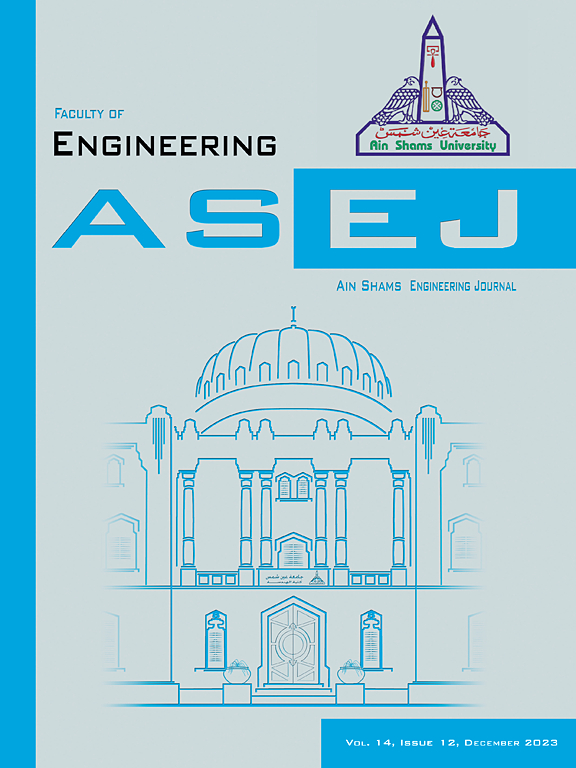Optional and mandatory assignment strategies for dynamic vehicle routing with time windows
IF 5.9
2区 工程技术
Q1 ENGINEERING, MULTIDISCIPLINARY
引用次数: 0
Abstract
The Dynamic Vehicle Routing Problem (DVRP) extends the classical Vehicle Routing Problem (VRP) by incorporating real-time updates, requiring continuous adjustments to routing plans. This study introduces two novel solution strategies for the DVRP with Hard Time Windows: Multi-Planning with Acception/Rejection Policy (MPA) and Multi-Planning with Mandatory Assignment Policy (MPM). Both approaches consider previously assigned, new, and simulated future customer requests, enabling more informed decision-making under dynamic conditions. In MPA, customer requests can be rejected if future requests are expected to be more advantageous, whereas MPM mandates accepting requests provided vehicle capacity is sufficient. After optimizing the methods through sensitivity analyses, we evaluated their performance against Clarke and Wright's Savings Algorithm (CW) across various real-world-inspired scenarios, including different time window lengths, interarrival times, and region types. Results show that MPA outperforms under tighter time windows and high-demand settings, while MPM demonstrates robust performance across broader conditions. The proposed methods increase the average acceptance rate by up to 81% and reduce average daily travel times by up to 48% compared to CW. Even when all methods achieve a 100% acceptance rate, MPA and MPM reduce travel times by 13% to 43%. Additionally, execution time analysis shows that shorter interarrival times and higher available vehicles significantly increase computational effort, with execution times rising up to ninefold. In contrast, variations in time window constraints have a more moderate impact, typically increasing execution times by 10% to 60%.
带时间窗的动态车辆路径的可选和强制分配策略
动态车辆路径问题(DVRP)是传统车辆路径问题(VRP)的扩展,它包含了实时更新,需要不断调整路径计划。本文介绍了具有硬时间窗的DVRP的两种新的解决策略:带接受/拒绝策略的多规划和带强制分配策略的多规划。这两种方法都考虑到以前分配的、新的和模拟的未来客户请求,从而在动态条件下实现更明智的决策。在MPA中,如果预计未来的请求更有利,则可以拒绝客户的请求,而MPM则要求在车辆容量足够的情况下接受请求。在通过敏感性分析对方法进行优化后,我们对Clarke和Wright的节省算法(CW)在各种现实场景下的性能进行了评估,包括不同的时间窗长度、到达间隔时间和地区类型。结果表明,MPA在更短的时间窗和高需求环境下表现优异,而MPM在更广泛的条件下表现强劲。与常规方法相比,所提出的方法将平均合格率提高了81%,平均每日旅行时间减少了48%。即使所有方法都达到100%的合格率,MPA和MPM也可以将行程时间减少13%至43%。此外,执行时间分析表明,更短的到达间隔时间和更高的可用车辆显着增加了计算工作量,执行时间上升到9倍。相比之下,时间窗口约束的变化所产生的影响较为温和,通常会使执行时间增加10%到60%。
本文章由计算机程序翻译,如有差异,请以英文原文为准。
求助全文
约1分钟内获得全文
求助全文
来源期刊

Ain Shams Engineering Journal
Engineering-General Engineering
CiteScore
10.80
自引率
13.30%
发文量
441
审稿时长
49 weeks
期刊介绍:
in Shams Engineering Journal is an international journal devoted to publication of peer reviewed original high-quality research papers and review papers in both traditional topics and those of emerging science and technology. Areas of both theoretical and fundamental interest as well as those concerning industrial applications, emerging instrumental techniques and those which have some practical application to an aspect of human endeavor, such as the preservation of the environment, health, waste disposal are welcome. The overall focus is on original and rigorous scientific research results which have generic significance.
Ain Shams Engineering Journal focuses upon aspects of mechanical engineering, electrical engineering, civil engineering, chemical engineering, petroleum engineering, environmental engineering, architectural and urban planning engineering. Papers in which knowledge from other disciplines is integrated with engineering are especially welcome like nanotechnology, material sciences, and computational methods as well as applied basic sciences: engineering mathematics, physics and chemistry.
 求助内容:
求助内容: 应助结果提醒方式:
应助结果提醒方式:


